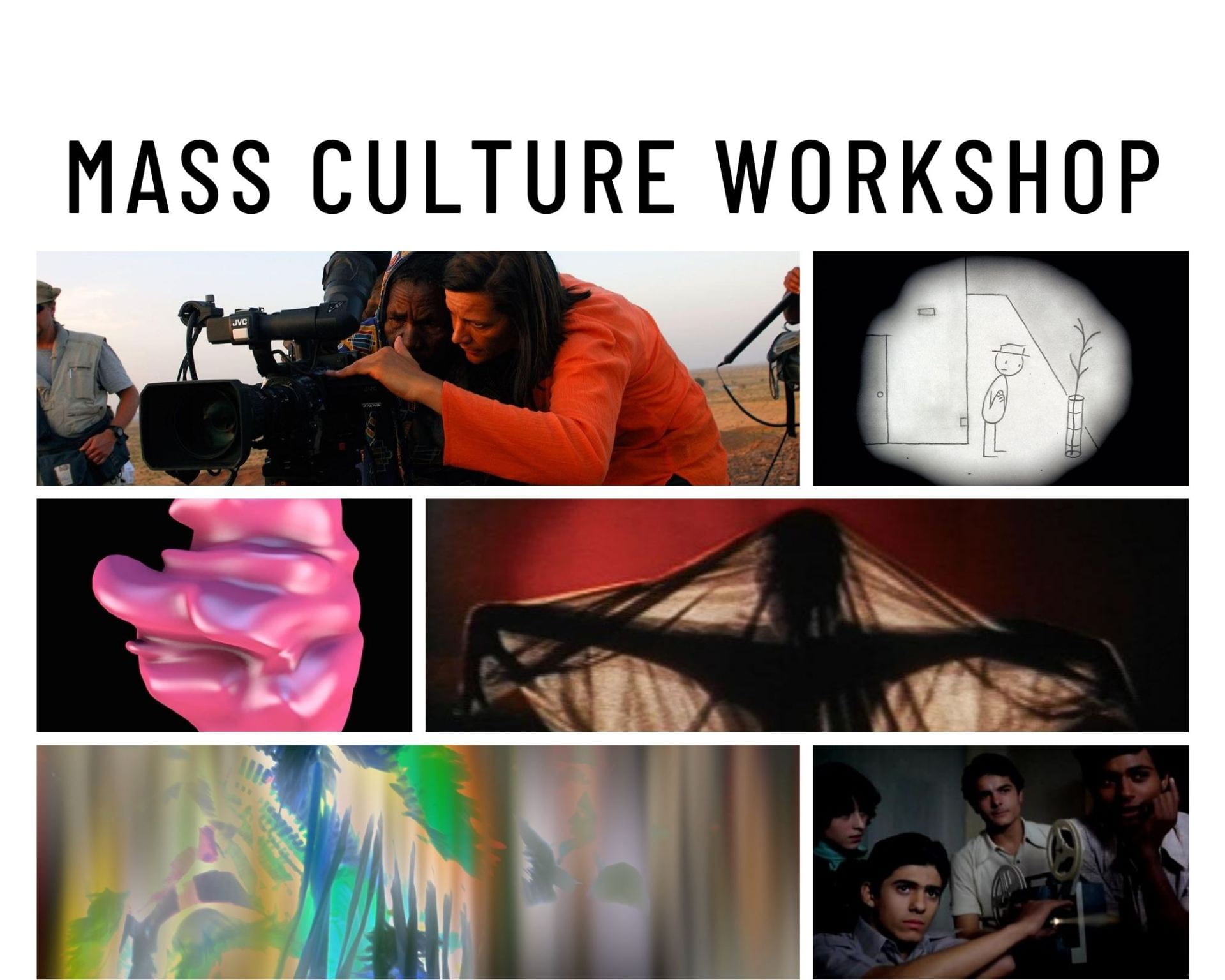Please join us on Friday, May 3, 2019 from 11:00am-12:30pm in Cobb 311 for the third meeting of the Mass Culture Workshop for the Spring Quarter. We are delighted to have Will Carroll, PhD candidate at the University of Chicago in the Department of Cinema and Media Studies and Department of East Asian Languages and Civilizations. Will will be presenting an article in-progress titled “The Unexpected Encounter of Two Parallel Lines: Urban Space in the Films of Johnnie To and Wai Ka-fai.”
Will’s article is available for download here.
Please do not circulate without permission.
Please email either Gary [gkafer@uchicago.edu] or Cooper [cooperlong@uchicago.edu] for the password.
Refreshment will be provided.
We look forward to seeing you!
Yours in Mass Cult,
Gary and Cooper
The Unexpected Encounter of Two Parallel Lines: Urban Space in the Films of Johnnie To and Wai Ka-fai
This paper considers the formal articulation of urban space in the films of Johnnie To & Wai Ka-fai, particularly the similarities and differences between the two primary genres the filmmakers work in (crime films and romantic comedies) and their respective distribution circuits and target audiences. Drawing from recent scholarship on urban space in Hong Kong, Chinese, and broader East Asian cinema, I argue that their films in both genres hinge on spatial relationships that are specific to rapidly transforming metropolises. However, I contend that the films, while similar in their approach to space, differ in their approach to place: the crime films tend to emphasize the a specific neighborhood or building within Hong Kong, while the romantic comedies tend to be set in generic and interchangeable urban environments.
William Carroll is a PhD candidate at the University of Chicago. He is pursuing a joint degree in the Department of Cinema and Media Studies and Department of East Asian Languages and Civilizations. His main research interests include Japanese Cinema from the 1920s to the 1960s, cinephilia, and international popular genre cinemas. His work has been published in the Journal of Japanese and Korean Cinema, and he has a forthcoming article in Cinéma&Cie 32. His dissertation is entitled ‘The Depth of Flatness and the Voice of Silence: Suzuki Seijun and 1960s Japanese Film Theory.’

